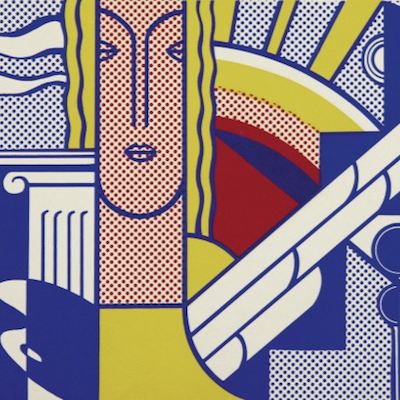



Senza titolo, 1991
- Inches
- Centimeters
- USD
- EUR
- GBP
Seek an Artwork by Mario Merz
If you are searching for a specific piece by Mario Merz, let us know what it is, and we will explore our network to find matches. Our goal is to assist you in discovering artworks that align with your interests.
What is late modernism?
This is an art term under visual arts that encompasses overall production of the most recent(latest) art that came to being between the aftermath of the second world war and the beginning of the 21st century. The terminology is at times used by artists to point to the similarities that exist between post-modernism and late-modernism though some differences exist.













